Living in areas with higher air pollution is associated with an increased risk of in-hospital death from stroke, and the risk varies depending on the size of the air pollution particles, according to a new study published in the May 25, 2022, online issue of Neurology®, the medical journal of the American Academy of Neurology.
Tag: Pollution
Scientists call for cap on production to end plastic pollution
Now, after the United Nations’ historic decision to adopt a global treaty to end plastic pollution earlier this year, governmental negotiations on the agreement are set to begin on May 30th.
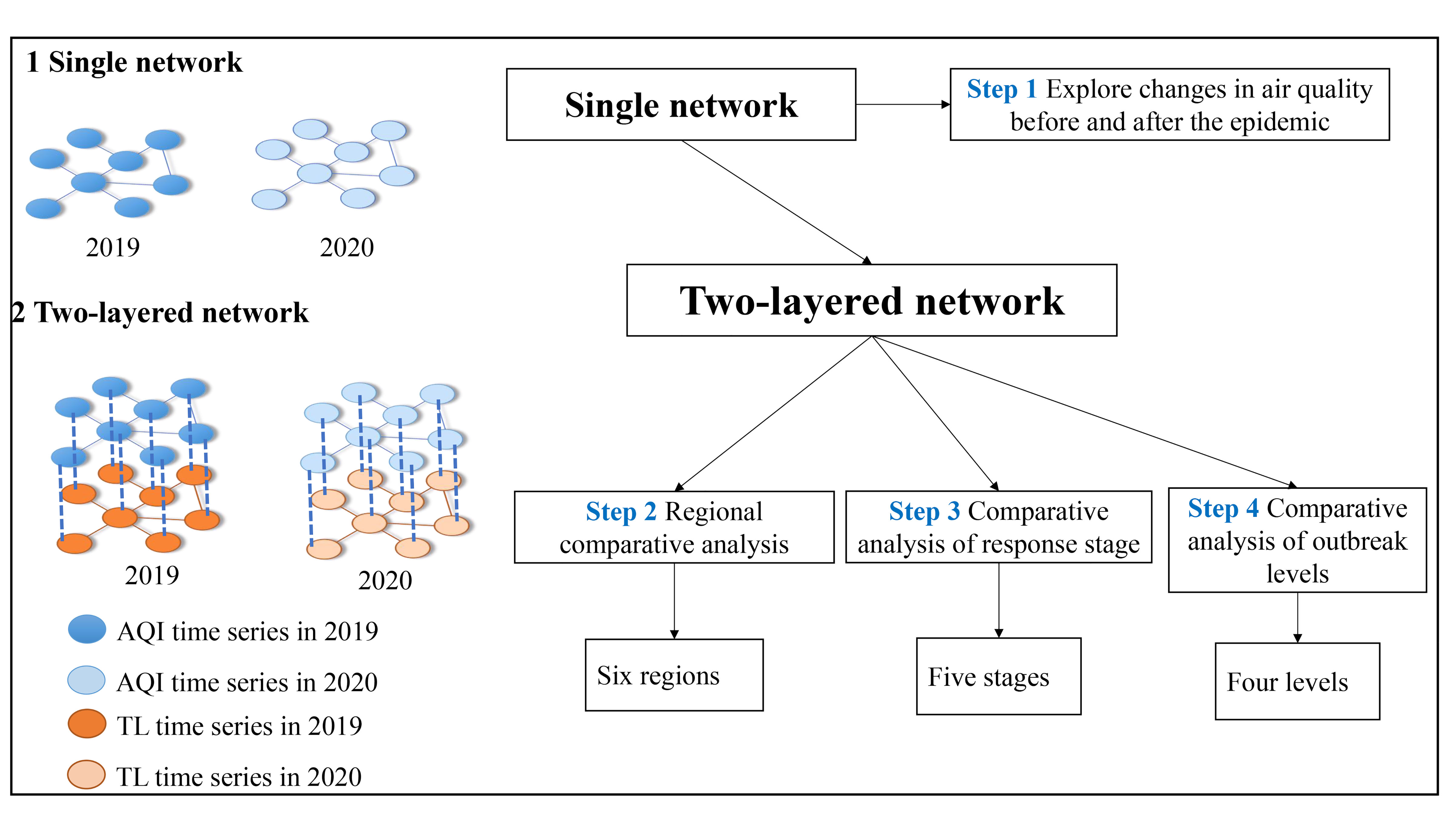
COVID-19 Lockdown Measures Affect Air Pollution from Cities Differently
In Chaos, researchers in China created a network model drawn from the traffic index and air quality index of 21 cities across six regions in their country to quantify how traffic emissions from one city affect another. They leveraged data from COVID-19 lockdown procedures to better explain the relationship between traffic and air pollution and turned to a weighted climate network framework to model each city as a node using data from 2019 and 2020. They added a two-layer network that incorporated different regions, lockdown stages, and outbreak levels.
UN’s Sustainable Development Goals (SDGs) have impact on textile wastewater pollution research
The world’s research effort into wastewater pollution caused by the textiles industry has increased threefold over the past five years, according to a new analysis released this week in the lead up to Earth Day (Friday 22 April).
Sustainable, biodegradable, vegan glitter – from your fruit bowl
Glitter is the bane of every parent and primary school teacher. But beyond its general annoyance factor, it’s also made of toxic and unsustainable materials, and contributes to plastic pollution.
Researchers Link Pollution to Cardiovascular Disease, Develop Strategies to Reduce Exposure and Encourage Government Intervention
In a new review article, published today in The New England Journal of Medicine, researchers from University Hospitals (UH), Case Western Reserve University and Boston College discuss evidence linking pollution and cardiovascular disease. The research team highlights strategies for reducing individual exposure to pollution, and the importance of government-supported interventions encouraging clean energy.
University of Oregon economist finds polluters sometimes game system to avoid penalties
Eric Zou, an assistant professor in the UO economics department, found that companies and in some cases government agencies will do what they can to help their communities’ air pollution levels meet federal standards, which he documented in a paper published earlier this year: “Unwatched Pollution: The Effect of Intermittent Monitoring on Air Quality.”
Climate change lowers nutrition, increases toxicity at base of food web
Climate change impacts on freshwater systems can lower nutrition and increase toxicity at the base of the food web, according to research from Dartmouth College and the Swedish University of Agricultural Sciences.
AI-driven dynamic face mask adapts to exercise, pollution levels
Researchers reporting in ACS Nano have developed a dynamic respirator that modulates its pore size in response to changing conditions, such as exercise or air pollution levels, allowing the wearer to breathe easier when the highest levels of filtration are not required.
Coral reefs are 50% less able to provide food, jobs, and climate protection than in 1950s, putting millions at risk
The capacity of coral reefs to provide ecosystem services relied on by millions of people worldwide has declined by half since the 1950s, according to a new University of British Columbia-led study.
Argonne teams up with GEVO to apply lab’s GREET Model to company’s net-zero project
Argonne recently teamed up with a Colorado-based biofuel company to perform a critical lifecycle analysis of its Next Gen technology to produce renewable jet fuel from corn grain in what could be a game-changer in biofuel industry.
A super material applicable to batteries and other energy conversion devices
Researchers have discovered a material that is only four atoms thick and allows for the study of the motion of charged particles in only two dimensions. Such studies could lead to pivotal discoveries in solid electrolytes for batteries and other applications.
Researchers find eco-friendly way to dye blue jeans
Researchers from the University of Georgia developed a new indigo dyeing technology that’s kinder on the planet. The new technique reduces water usage and eliminates the toxic chemicals that make the dyeing process so environmentally damaging. And to top it off, the technology streamlines the process and secures more color than traditional methods.
False spring: Climate change may erode frogs’ ability to withstand salt pollution
Climate change may erode frogs’ ability to withstand road salt pollution, according to researchers at Binghamton University, State University of New York.
Bluefin Tuna Reveal Global Ocean Patterns of Mercury Pollution
Bluefin tuna, a long-lived migratory species that accumulates mercury as it ages, can be used as a global barometer of the heavy metal and the risk posed to ocean life and human health, according to a study by Rutgers and other institutions.
UCI is No. 2 in Sierra magazine’s 2021 ‘Cool Schools’ ranking of sustainability leaders
Irvine, Calif., Sept. 9, 2021 — The green streak continues! Sierra magazine has named the University of California, Irvine No. 2 overall in its annual “Cool Schools” ranking of sustainability leaders among U.S. and Canadian universities and colleges, marking the 12th time in a row that UCI has placed in the top 10 of the widely acclaimed list.
First global study of wildfire pollution reveals increase in mortality rate
The first study into the global impact of wildfire-related pollution and deaths comprehensively links short term exposure to wildfire-related fine particulate matters (PM2.5) in the air and all-cause, respiratory and cardiovascular mortalities across cities and regions around the globe.
Lupin and Arsenic: research on soil decontamination by an exceptional plant
Researchers at the University of Montreal and the Montreal Botanical Garden have discovered a new chemical mechanism used by roots of white lupin to clean up arsenic-contaminated soils, such as those from mining operations.
To Reduce Vehicle Pollution, a Single Atom Can Do the Work of Several
A discovery from PNNL and Washington State University could help reduce the amount of expensive material needed to treat vehicle exhaust by making the most of every precious atom.
Common Environmental Pollutants Damage Mucus Structure, Function
In Biophysics Reviews, researchers review recent scientific literature about the effects of particle contaminants on the mucosal system, an internal membrane that serves as the body’s lubricant and the first line of defense from infections and toxins. These data establish a clear link between exposure to airborne or waterborne particulate matter and several health conditions.
Computational Evaluation of Drug Delivery Reveals Room for Inhalers Improvement
Increased air pollution in recent years has exacerbated health risks for people who suffer from pulmonary diseases and these dynamics underscore the importance of increasing the efficacy of drug delivery devices that administer active pharmaceutical ingredients to treat respiratory illnesses. In Physics of Fluids, researchers describe developing a computational evaluation of drug delivery through both pressurized metered-dose inhalers and dry powder inhalers to determine how the process can be improved.
Up in smoke
University of Utah researchers have developed a method to better predict if and when wildfire smoke might affect the ground-level air quality of nearby residents.
Study provides first holistic assessment of plastic pollution in the Caribbean
The Caribbean is renowned globally for its stunning beaches and crystal clear ocean.
What’s Killing Coral Reefs in Florida is Also Killing Them in Belize
Only 17 percent of live coral cover remains on fore-reefs in Belize. A study finds new evidence that nitrogen enrichment from land-based sources like agriculture run-off and sewage, are significantly driving macroalgal blooms to increase on the Belize Barrier Reef and causing massive decline in hard coral cover. With only 2 percent of hard coral cover remaining in the Florida Keys National Marine Sanctuary, it’s too late to save that reef, but there’s still hope for the Belize Barrier Reef.
Plastic the Trojan Horse
A new study has found plastic accumulation in foods may be underestimated.
2 in 1 Face Mask Against Dust and Virus – Chula Health Innovation in the New Normal
Chula’s Faculty of Engineering joins hands with PTT to develop a 2 in1 face mask, an innovation that protects against PM2.5 dust particles and COVID-19 virus that can be reused more than 15 times, helps reduce waste, is pollution-free, and will be available for sale soon.
Using snakes to monitor Fukushima radiation
Ten years after one of the largest nuclear accidents in history spewed radioactive contamination over the landscape in Fukushima, Japan, a University of Georgia study has shown that radioactive contamination in the Fukushima Exclusion Zone can be measured through its resident snakes.
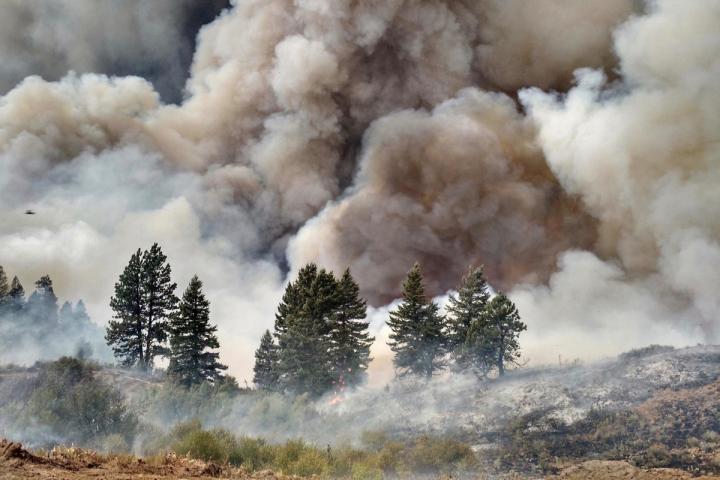
Wildfire Smoke Exposure Linked to Increased Risk of Contracting COVID-19
Wildfire smoke may greatly increase susceptibility to SARS-CoV-2, the virus that causes COVID-19, according to new research from the Center for Genomic Medicine at the Desert Research Institute (DRI), Washoe County Health District (WCHD), and Renown Health (Renown) in Reno, Nev.
Turning Plastic into Foam to Combat Pollution
In Physics of Fluids, researchers have developed a method to turn biodegradable plastic knives, spoons, and forks into a foam that can be used as insulation in walls or in flotation devices. The investigators placed the cutlery into a chamber filled with carbon dioxide. As pressure increased, the gas dissolved into the plastic. When they suddenly released the pressure in the chamber, the carbon dioxide expanded within the plastic, creating foaming.
Air pollution from wildfires impacts ability to observe birds
Researchers from the University of Washington provide a first look at the probability of observing common birds as air pollution worsens during wildfire seasons. They found that smoke affected the ability to detect more than a third of the bird species studied in Washington state over a four-year period. Sometimes smoke made it harder to observe birds, while other species were actually easier to detect when smoke was present.
Modeling a circular economy for electronic waste
Think about how many different pieces of technology the average household has purchased in the last decade.
Bioreactors chip away at nitrogen pollution
A recent study shows bioreactors effectively remove nitrogen over time
Urbanization drives antibiotic resistance on microplastics in Chinese river
Researchers reporting in Environmental Science & Technology have analyzed antibiotic-resistance genes (ARGs) on five types of microplastics at different locations along the Beilun River in China, finding much higher abundances in urban than rural regions.
Ozone pollution has increased in Antarctica
Researchers reporting in ACS’ Environmental Science & Technology have analyzed more than 25 years of Antarctic data, finding that ozone concentrations near the ground arose from both natural and human-related sources.
Key to Carbon-Free Cars? Look to the Stars
In a decade-long quest, scientists at Berkeley Lab, the University of Hawaii, and Florida International University uncover new clues to the origins of the universe – and land new chemistry for cleaner combustion engines
Mapping intermittent methane emissions across the Permian Basin
Researchers reporting in ACS’ Environmental Science & Technology Letters have conducted an extensive airborne campaign with imaging spectrometers and identified large methane sources across the Permian Basin area.
Do wildflowers help reduce runoff in roadside soils?
Wildflowers found to absorb runoff just as effectively as turfgrass, among other benefits
Mitigating emissions in the livestock production sector
A new study shows that emission intensity per unit of animal protein produced has decreased globally over the past two decades due to greater production efficiency, raising questions around the extent to which methane emissions will change in the future and how we can better manage their negative impacts.
Surge in Nitrogen Has Turned Sargassum into the World’s Largest Harmful Algal Bloom
Scientists have discovered dramatic changes in the chemistry and composition of Sargassum, floating brown seaweed, transforming this vibrant living organism into a toxic “dead zone.” Results suggest that increased nitrogen availability from natural and anthropogenic sources, including sewage, is supporting blooms of Sargassum and turning a critical nursery habitat into harmful algal blooms with catastrophic impacts on coastal ecosystems, economies, and human health. Globally, harmful algal blooms are related to increased nutrient pollution.
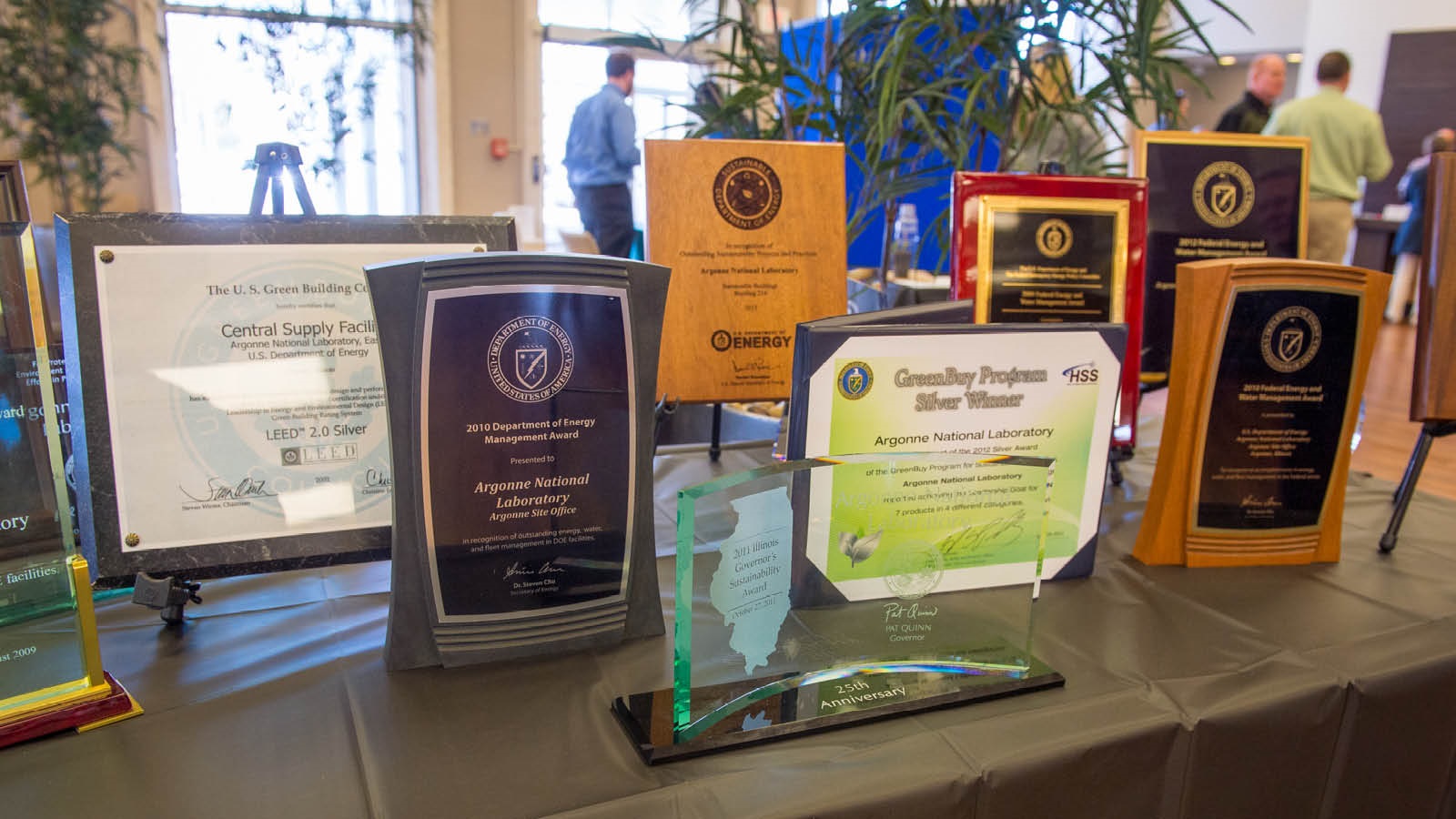
Argonne’s Wang and Streets named highly influential climate scientists
Michael Wang and David Streets, both of the U.S. Department of Energy’s Argonne National Laboratory, were named to Reuters’ “Hot List” of today’s 1,000 most influential climate scientists. Both are in Argonne’s Energy and Global Security-Energy Systems (EGS-ES) division.
CUR Geosciences Division Announces 2021 Awardees for Excellence in Student Research
The Geosciences Division of the Council on Undergraduate Research announced the 2021 awardees for excellence in student research: Zoe Lacey (Trinity University) and Hanna Szydlowski (Grand Valley State University)
2021 Posters on the Hill Spotlights Exemplary Undergraduate Research Projects for Policymakers, Scholars, and the Public
Via a virtual public poster session on April 28, undergraduate researchers from colleges and universities in 42 states and the District of Columbia will share their research projects in the 2021 Posters on the Hill event, sponsored by the Council on Undergraduate Research.
8 Things Argonne is Doing to Save the Earth
Stepping into their superhero gear, Argonne scientists are using science and the world’s best technology to combat some of Earth’s toughest foes, from pollution to climate change.
Microplastics in land, sea, air a sign of ‘legacy pollution’
Plastics cycle through the oceans and roadways and become plastic dust, which rides the jet stream across continents.

Argonne innovations and technology to help drive circular economy
In a collaborative effort to “recover, recycle and reuse,” Argonne strengthens research that addresses pollution, greenhouse gases and climate change and aligns with new policies for carbon emission reduction.
Deepwater Horizon’s long-lasting legacy for dolphins
The Deepwater Horizon disaster began on April 20, 2010 with an explosion on a BP-operated oil drilling rig in the Gulf of Mexico that killed 11 workers.
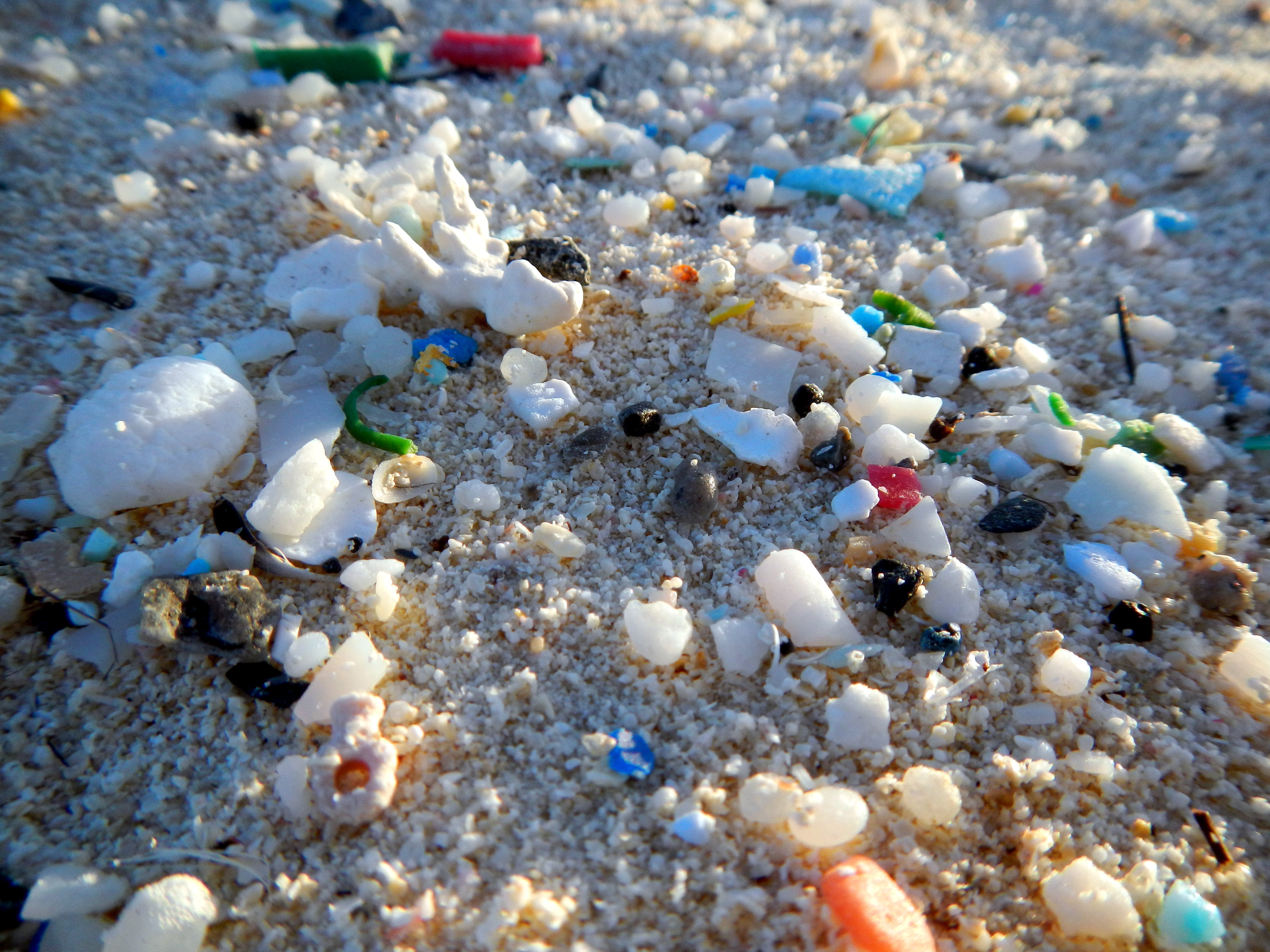
Microplastic Sizes in Hudson-Raritan Estuary and Coastal Ocean Revealed
Rutgers scientists for the first time have pinpointed the sizes of microplastics from a highly urbanized estuarine and coastal system with numerous sources of fresh water, including the Hudson River and Raritan River. Their study of tiny pieces of plastic in the Hudson-Raritan Estuary in New Jersey and New York indicates that stormwater could be an important source of the plastic pollution that plagues oceans, bays, rivers and other waters and threatens aquatic and other life.
Drones used to locate dangerous, unplugged oil wells
There are millions of unplugged oil wells in the United States, which pose a serious threat to the environment. Using drones, researchers from Binghamton University, State University of New York have developed a new method to locate these hard-to-locate and dangerous wells.
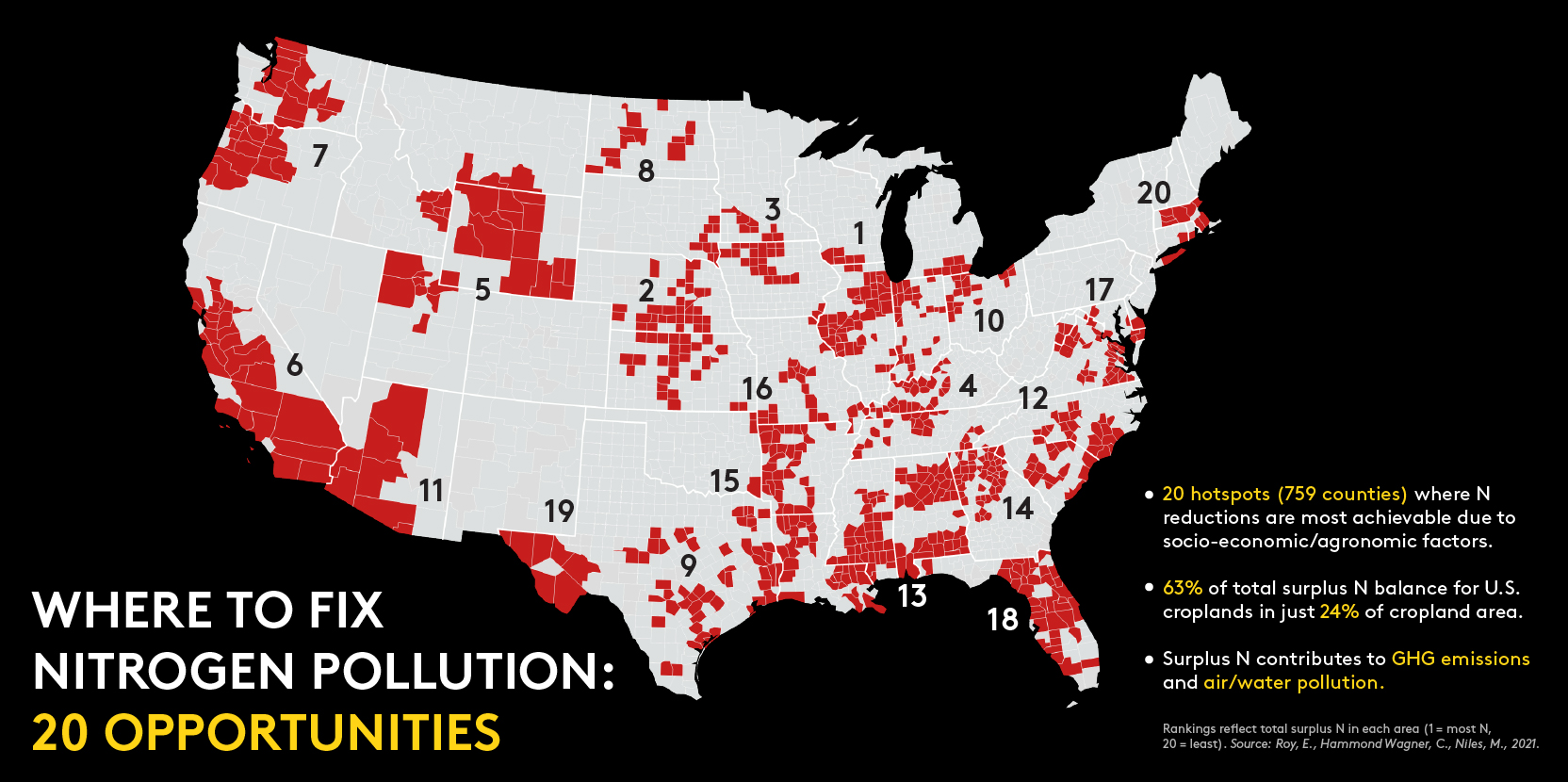
The 20 best places to tackle U.S. farm nitrogen pollution
A pioneering study of U.S nitrogen use in agriculture has identified 20 places across the country where farmers, government, and citizens should target nitrogen reduction efforts.
The 20 nitrogen “hotspots of opportunity”–which appear on a striking map–represent a whopping 63% of the total surplus nitrogen balance in U.S. croplands, but only 24% of U.S. cropland area.
Nitrogen inputs are so high in these areas that farmers can most likely reduce nitrogen use without hurting crop yields.

Light pollution linked to preterm births, reduced birth weights
In a first-of-its-kind study, researchers discovered that light pollution leads to more than just wasted energy and washed-out starlight–it can increase the likelihood of a preterm birth by almost 13%.